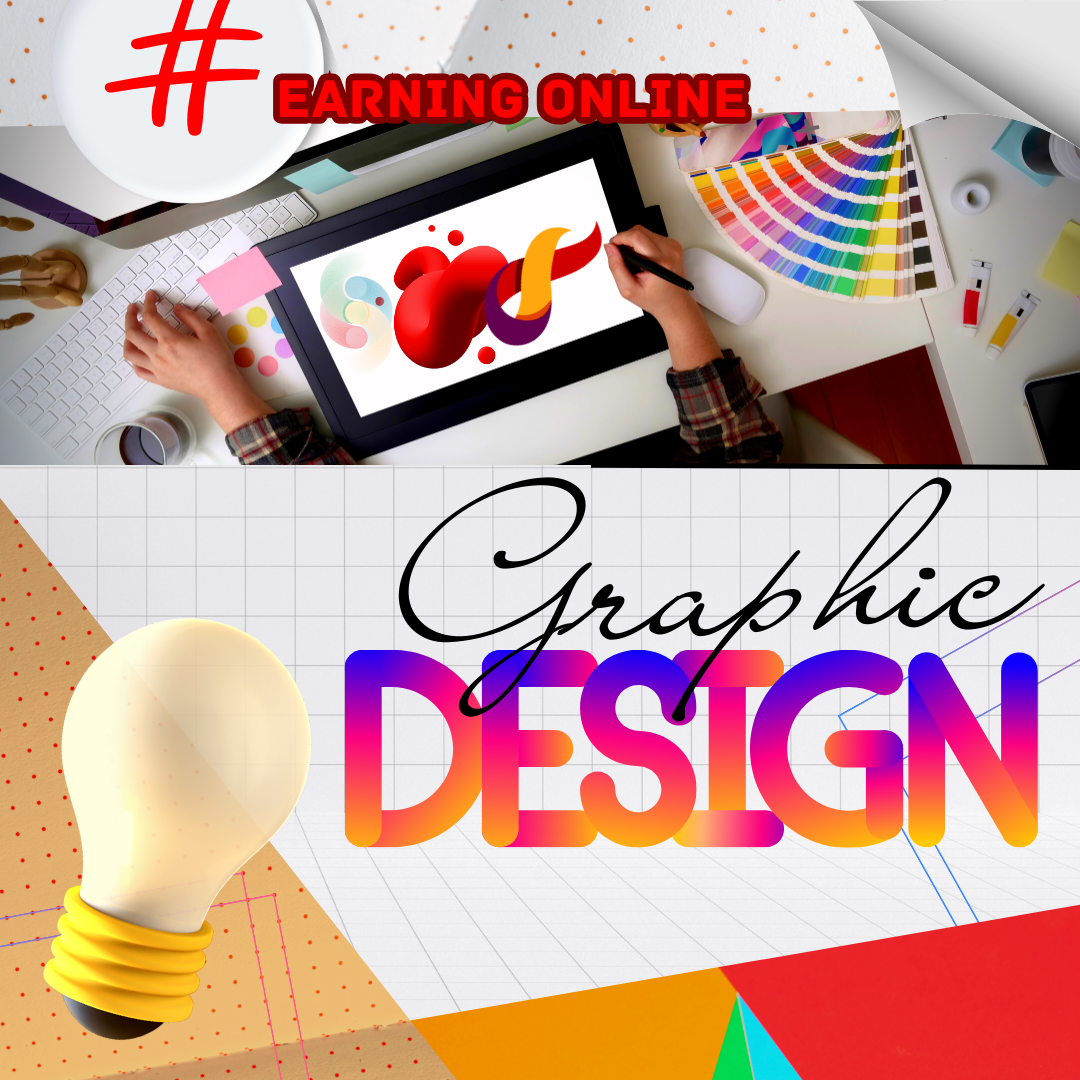“The Art and Impact of Graphic Design: A Deep Dive into Visual Creativity”
Introduction:
Graphic Design is an art form that borders us daily, shaping the visual globe we live in. From the smooth logos of international brands to the attractive designs of magazines, the visual style is an effective medium that communicates ideas, feelings, and info. In this blog post, we’ll explore the globe of visual style, its importance, the creative process, and its effect on various facets of our lives.
Understanding Graphic Style:
What is Graphic Design?
Graphic layout is the art of integrating text, pictures, and other visual components to convey a message or evoke details feedback. It includes a cautious mix of creativity, technology, and interaction skills to produce designs that are not only cosmetically pleasing but also efficient in providing a specific message.
Key Components of Graphic Design:
Typography:
The art and strategy of organizing type to make written language legible and aesthetically appealing.
Shade Concept:
The research study of shades and their combinations to produce aesthetically unified styles.
Format and Structure:
The arrangement of aesthetic aspects creates a balanced and appealing style.
Images and Iconography:
The usage of images, signs, and symbols to enhance visual communication.
The Duty of Graphic Layout in Numerous Industries:
-
Branding:
Logos, product packaging, and marketing materials are crucial components of brand identification, developed by visual developers to leave a lasting impression.
-
Website design:
Graphic designers play a crucial duty in creating easy-to-use and aesthetically enticing websites, ensuring a seamless on-the-internet experience.
-
Publish Media:
Publications, papers, pamphlets, and posters all rely upon graphic design to interact with information effectively and attract viewers.
-
Advertising and marketing:
From electronic advertisements to billboards, graphic developers craft visually engaging advertisements that record focus and convey the intended message.
-
Digital Media:
Social media graphics, online banners, and multimedia presentations leverage visual style to improve visual narration.
The Creative Refine in Graphic Style:
-
Research:
Recognizing the customer’s goals, target audience, and industry is the initial step in creating an effective style.
-
Concept:
Conceptualizing concepts and establishing concepts that line up with the job goals.
-
Preparing:
Producing preliminary sketches or electronic drafts to envision the layout’s structure and composition.
-
Refinement:
Repetitive refinement of the style based upon comments, ensuring it fulfills both aesthetic and useful standards.
-
Completion:
The completion of the design, including all aspects, and preparing it for distribution or publication.
Fads and Technologies in Graphic Design:
-
Minimalism:
Tidy and simple layouts that concentrate on vital elements.
-
Responsive Layout:
Styles that adjust flawlessly to different display sizes and tools.
-
Augmented Reality (AR)
Integrating interactive elements and experiences into designs.
-
Sustainability:
The use of environmentally friendly and lasting style techniques.
Conclusion
Graphic layout is a vibrant area that continues to advance together with technological improvements and moving visual preferences. Whether it’s conveying a brand’s identification, telling a compelling story, or just making information aesthetically obtainable, visual design plays a critical duty in our aesthetically driven society. As technology develops, graphic developers will certainly proceed to press innovative boundaries, shaping the means we view and communicate with the world around us.
